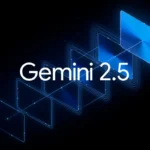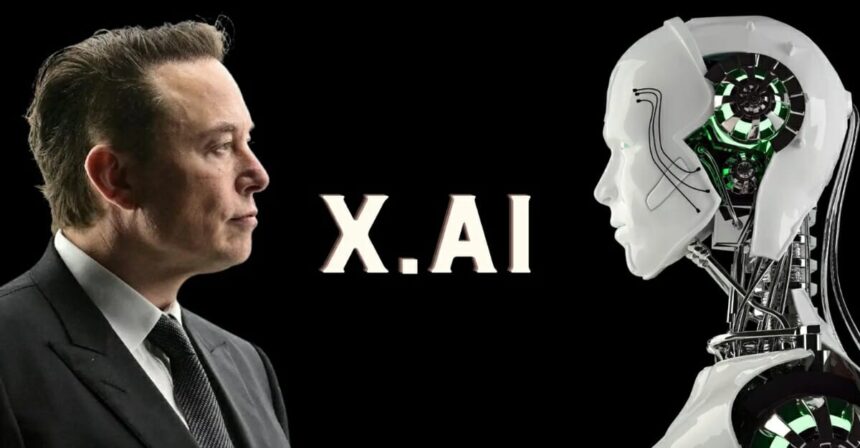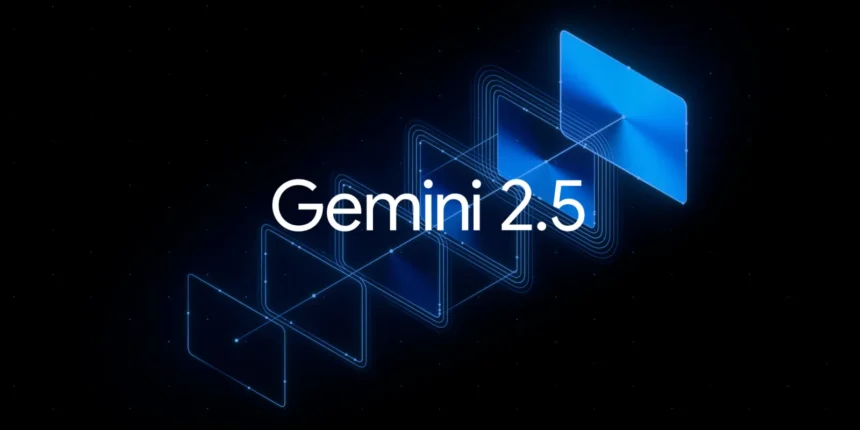China is quickly closing the gap with the U.S. in artificial intelligence. A good example of that shift is DeepSeek, a Chinese AI company making headlines for how fast it’s improving.
Even with limited access to top-tier hardware, China has found other ways to compete. Companies like DeepSeek are focusing on efficient algorithms instead of relying on the latest chips.
Lee Kai-fu, former head of Google China and now CEO of 01.AI, says the tech gap is shrinking fast. “It used to be six to nine months behind,” he told Reuters. “Now it’s more like three months—and ahead in some areas.”
One of those areas is DeepSeek’s latest model. On January 20, 2025—the day Donald Trump was inaugurated—DeepSeek quietly launched its R1 model.
More with Less: How DeepSeek Builds Smarter AI
DeepSeek’s progress is even more impressive considering its hardware limits. U.S. export restrictions make it harder for Chinese firms to get advanced chips. So instead, DeepSeek focused on improving the way its models work.
That strategy paid off. On March 25, 2025, DeepSeek released version 3 of its model. It showed big gains in performance, especially in reasoning and math.
In testing, it scored 59.4 on the AIME math exam—up from 39.6 in the previous version. It also improved by 10 points on the LiveCodeBench benchmark.
Even more surprising, it did all this on a fraction of the budget. A lecturer in Finland, Kuittinen Petri, noted that DeepSeek is achieving this with just around 2% of the funding OpenAI has.
When he asked the model to build a website, it returned a full, mobile-ready front page using just 958 lines of clean code.
Markets Are Paying Attention
Investors have noticed what’s happening. After DeepSeek launched its R1 model, the Nasdaq dropped 3.1% and the S&P 500 fell 1.5%. That suggests markets are starting to take Chinese AI progress seriously.
Some experts say this could open the door for smaller nations to access affordable AI tools. DeepSeek’s open-source and cost-effective approach may help level the playing field.
Meanwhile, both the U.S. and China are spending big on AI. The Trump administration’s $500 billion Stargate Project is one example. China has its own plans, with over $1.4 trillion in tech investments expected by 2030.
Chips, Supply Chains, and the Environment
There’s more to this than just software. Countries like South Korea, which make chips, are now more reliant on China for key raw materials.
Big companies like Toyota, Samsung, and LG Chem are feeling the pressure. As AI advances, so does the strain on resources—and the environment.
The U.S. may need to build massive computing centers to keep up. One think tank says AI could use 10% of the country’s electricity by 2030—more than double today’s usage.
Greenpeace also estimates that China’s data energy needs could jump nearly 300% by 2035.
Looking Ahead
DeepSeek’s progress shows that tech restrictions don’t always work the way they’re intended. Lee Kai-fu said the U.S. chip ban slowed things down at first but eventually pushed Chinese companies to get more creative.
Other experts agree. Jasper Zhang, a math champion and UC Berkeley PhD, said the new DeepSeek model solved complex problems with ease. He believes open-source models like this will eventually win out.
His company, Hyperbolic, now supports DeepSeek’s newest version.
There’s even talk that DeepSeek will launch its next version, R2, earlier than planned. Li Bangzhu, founder of a site that tracks AI tools, said the current version’s strong coding skills may lead to an early release in May.
The race between China and the U.S. is no longer just a competition. It’s shaping global tech, economics, and energy policy.























